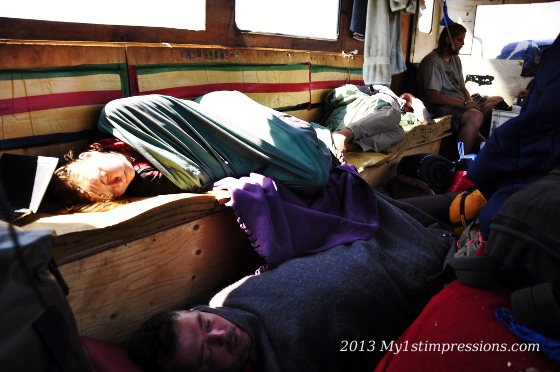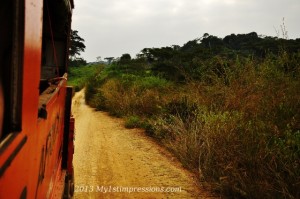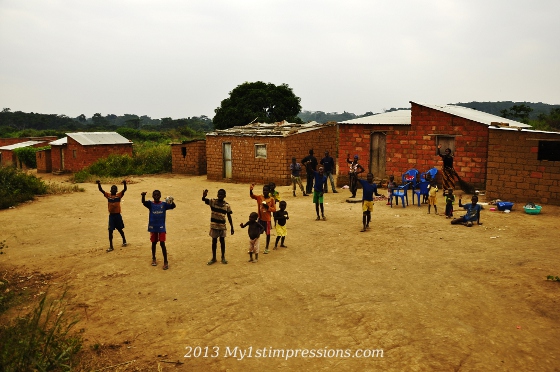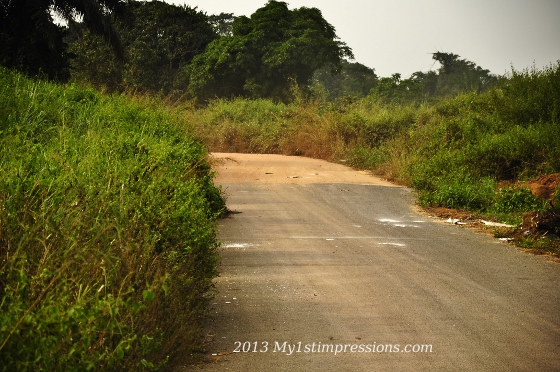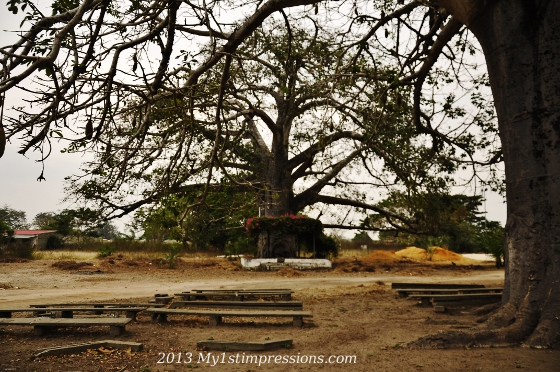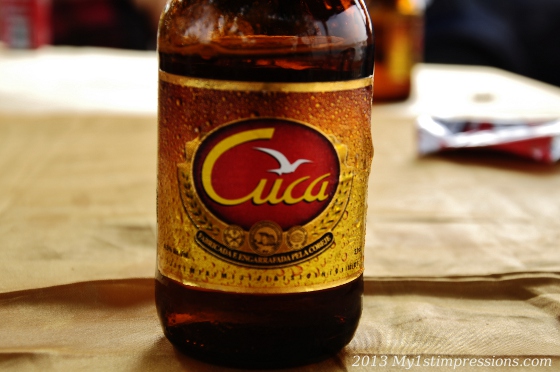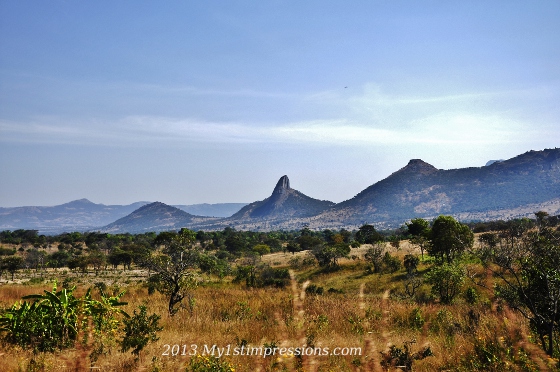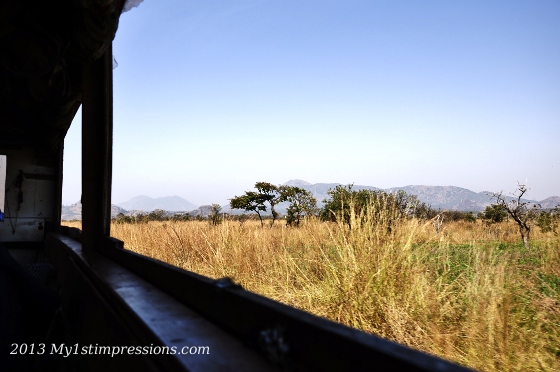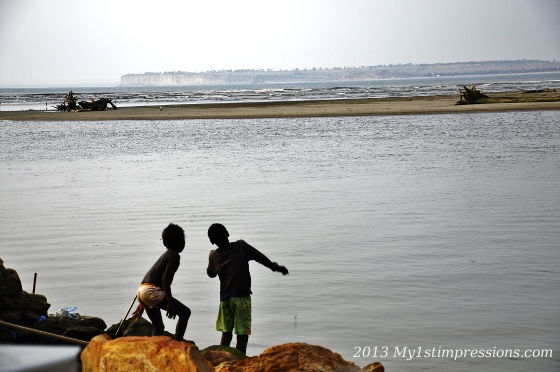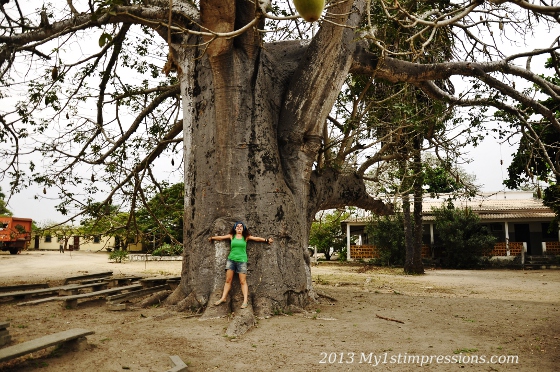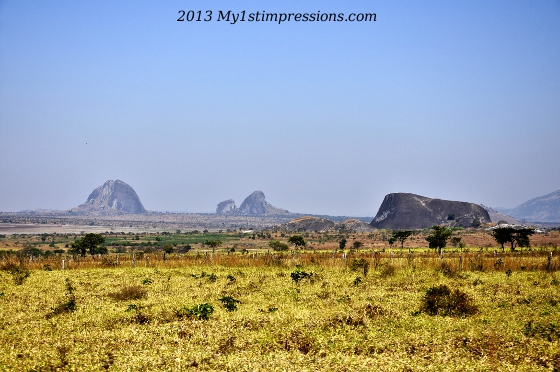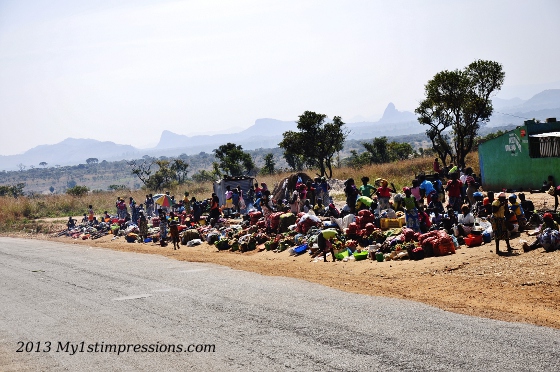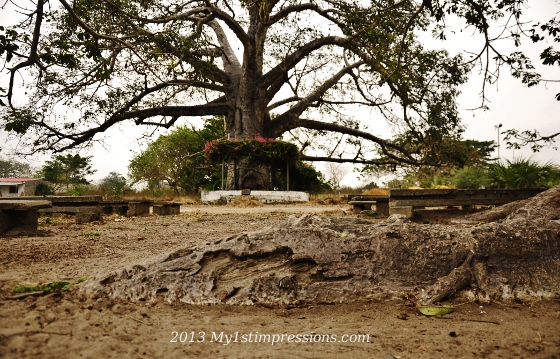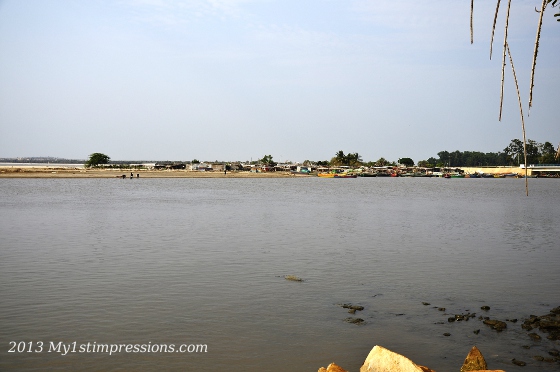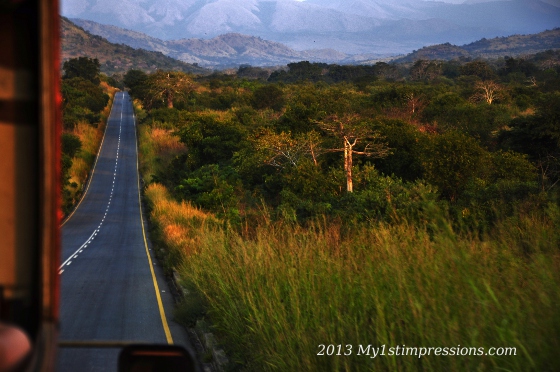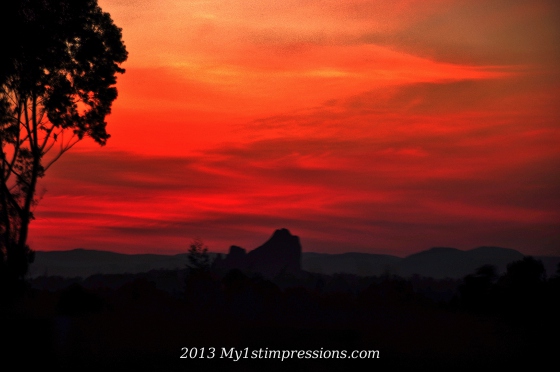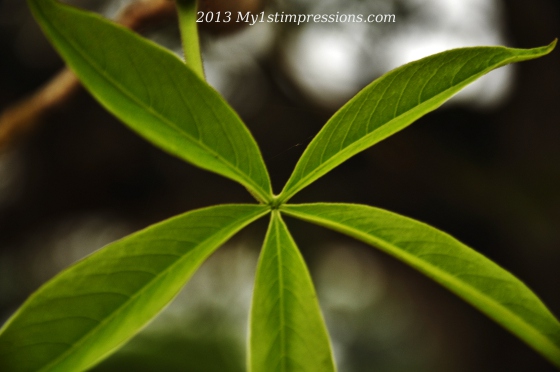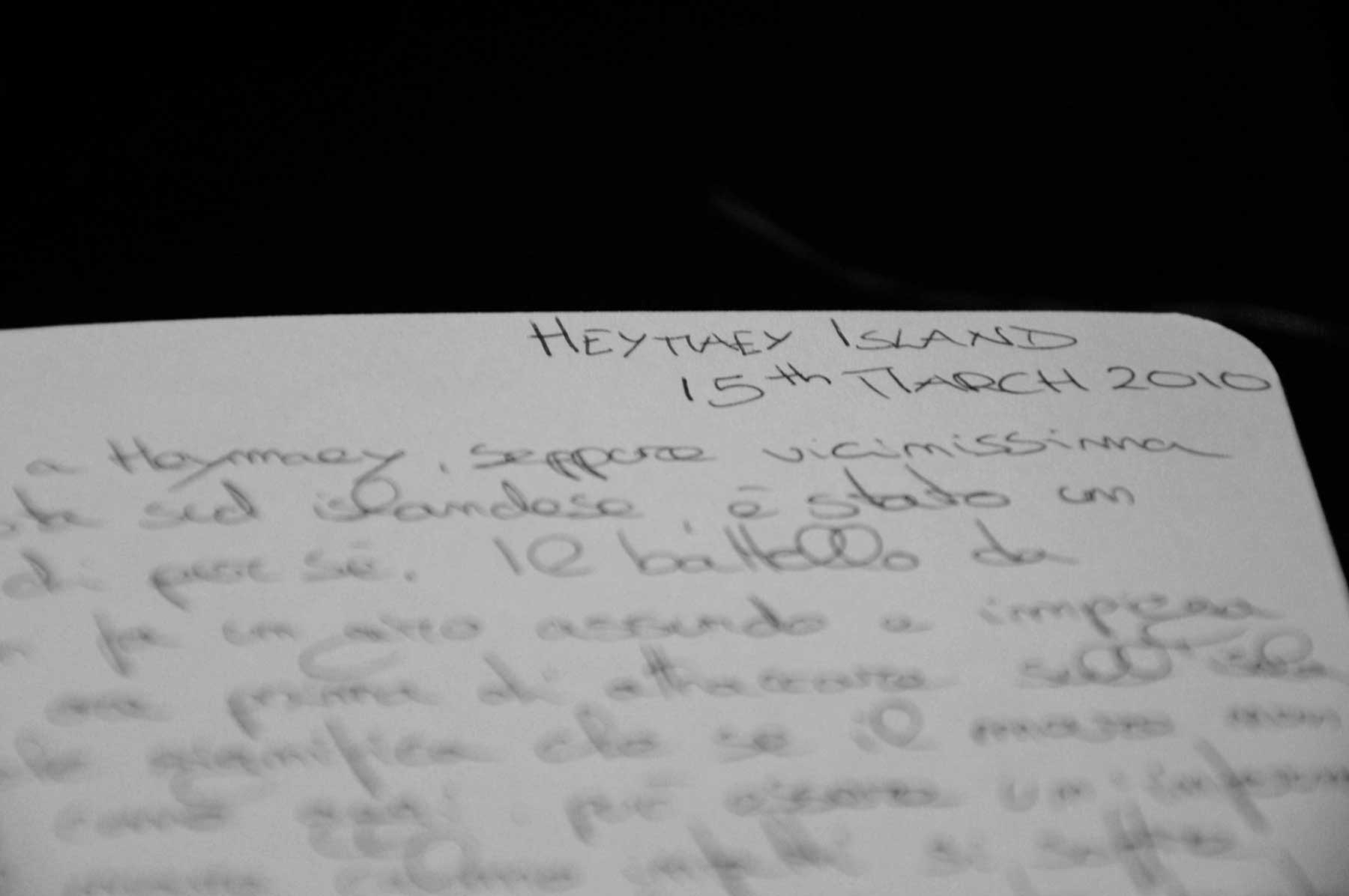-
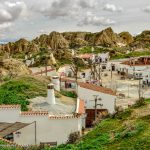 Guadix, a Spanish Hobbiton
An hour away from Granada, hidden between prehistoric karst mountains,( read more...)
Guadix, a Spanish Hobbiton
An hour away from Granada, hidden between prehistoric karst mountains,( read more...) -
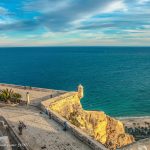 Alicante, Spain with a Nordic vibe
Alicante represents the door to the Southern vibes of Spain.( read more...)
Alicante, Spain with a Nordic vibe
Alicante represents the door to the Southern vibes of Spain.( read more...) -
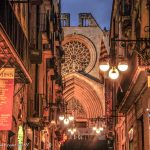 Tarragona, pure magic!
Arriving in Tarragona on the very first night of its( read more...)
Tarragona, pure magic!
Arriving in Tarragona on the very first night of its( read more...) -
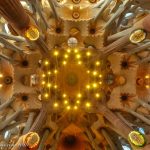 In the sacred woods of La Sagrada Familia
It is truly impossible to describe the feeling I had( read more...)
In the sacred woods of La Sagrada Familia
It is truly impossible to describe the feeling I had( read more...) -
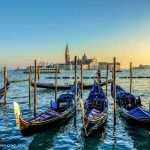 Venice, just a perfect day
Take a sunny day after the Christmas holidays when tourists( read more...)
Venice, just a perfect day
Take a sunny day after the Christmas holidays when tourists( read more...) -
 Northern Lights:The dance of the Green Spirits
For many years one of the most funny stories about( read more...)
Northern Lights:The dance of the Green Spirits
For many years one of the most funny stories about( read more...)
In Angola we have sadly left the rainforest landscape to come back to the infinite and much more spoiled view of the Savannah. The landscape has slowly started to change since we entered the country, the weather got dryer, and the nights chillier.
We are running through Angola fast, as our visa is only for 9 days, we don’t have much time to stop ad especially the first couple of days have been really though, as on the first day we spent most of the day at the border, waiting for the police of Congo first and of Angola later to finish all their bureaucratic procedure. We hanged between the two borders from 9am to 3pm, when we finally got the permission to enter the country.
And as soon as we entered Angola the bad road that we were so happy to leave in DRC started again. We entered in the last of the rain forests off this trip, surrounded by palms and trees all over, bumping and jumping on our sits for two days.
The war in Angola finished only 10 years ago, and there are scares of it everywhere in the country, in the eyes of its people, in the landscapes. The country is still full of lime mines and on our first night of bush camping we had to be extremely careful not to go out of the main path. The second day was just horrible. The road was narrow and bad, really bad. We spent most of the day fighting with the fringes in the window of the truck and with all the insects that were coming in from there.
There was a moment that we had insects everywhere, and as we couldn’t watch anything outside we started to watch the behaviours of all the spiders, flees and worms who were hanging around the back of the truck. All this, while jumping at every hole or stone on the floor.
Useless to tell you how happy we were when the paved road appears, just at the end of the forest. That was supposed to be the last bad road of the trip. It was certainly the toughest, considering the fact that on the way there was nobody, no villages, no people, and we were all starving, as we didn’t eat all day; so seeing again signs of life around was the real happiness for a moment of a lifetime in Angola.
We camped the first night in the back yard of a Catholic Church of a village not far from where the paved road started again, and there we finally cooked dinner and eat again. We were welcomed by the kindness of the priest of the church, Father Antonio, who gave us cold beer and came to sit with us in the evening. He told us how the country is changing after the war, how there are still signs around, and about the big contradiction of this country, that is one of the most expensive in the world but where the poor people cannot afford to buy even water. Beer is cheaper than water in Angola. The street food is still affordable but the rest is
really expensive, in a country that is mostly deserted, due to the hard natural conditions and to the war, that forced thousand hundreds of people to leave the country, an that they are now coming back, from Ruanda from Congo, looking for their old house, for a job, for food, and finding a country that is trying to be rebuilt but at the same time at very expensive costs for the normal people. Everything in Angola is in the hands of Chineses, who are building the roads of the entire country, expanding their settlement everywhere. It’s weird but at the same time common to see in a tiny poor village a Chinese restaurant in the middle. It was the same in Ghana, and in Congo and DRC, the Chineses and their cheap work are rebuilding Africa and changing the human landscapes of these places.
The night at the Catholic church was the last one where I slept in the tent without the sleeping bag, and it was the last “mild” night so far. After that, we have all started to get our sleeping bags back, and to place the cover of the tent on it, as the more we go to the intern of the countryside and the more it is cold.
Angola is a huge country mostly inhabited. We have been on its long roads for days, crossing villages only once in a while, and spending mos of the time surrounded by the spoiled Savannah. At the beginning the Baobabs were substituting the palms, but the more we advance South and the more Savannah
takes back its place. Everything is getting arid, the nights and the early morning are cold, the climate is dry and at night we have started to watch the stars again.On the third night in the country we arrived to a tiny fishing village called Dande, next to the sea. It was impossible to find any camping spot, as people were all over, so we went in the village and asked a woman who owned a restaurant there, if she knew where the Catholic church was so we could camp there. Well, in that village the Catholic church was still under construction, but the woman, called Maria Lima, took the control of the situation and decided we could camp right there, next to the semi built church, in the middle of the town.
That was the first night we were camping right in the middle of a village, and at the beginning we were scared to be surrounded by the entire population. It was not like this. The population was quiet, we went to have a couple of beer at Maria Lima’s and,a after cooking, she all called us at her house, as the bars of the area were closed. She prepared a table in her courtyard and let us stay there for the evening, offering us beer and the warmth of a home. It was funny to talk to her and to the other people around, as in Angola they all speak Portuguese, and we were all mixing our non existing French with Spanish, pretending they could all understand what we said. But they did it. Angolan people are very laid back, they have the relaxing attitude of the Latin world where they belong to, in a certain way. They listen to Samba music from Brazil and they eat a mix of Portuguese, Brazilian and African food together. Their language reminds you of far away worlds, that are so distant over here, in the middle of this infinite country. Compared to their neighbours everywhere, they are very calm and not aggressive, it’s pretty impressive none of them came to surround the truck when we arrived in that town.
Even though we are driving fast through its infiniteness, Angola is revealing itself to be a nice warm country, with a Latin hint that gives it a reason to surprise you and to let it be loved.
In Angola abbiamo purtroppo detto addio al paesaggio che ci ha accompagnato per le strade d’Africa negli ultimi mesi, la giungla e la foresta fluviale, e siamo ritornati agli infiniti e molto più desolati orizzonti della Savana. Il paesaggio, dal momento in cui siamo entrati in Angola, ha iniziato lentamente a cambiare, il clima è diventato più secco e le notti molto più fredde.
Stiamo attraversando questo paese gigantesco molto velocemente, perché il nostro visto vale solo per altri 9 giorni, e così non abbiamo molto tempo per fermarci a conoscere un posto e soprattutto i primi due giorni nel paese sono stati durissimi, in quanto il primo giorno lo abbiamo letteralmente passato al confine, dalle 9 di mattina alle 3 di pomeriggio, in attesa che la polizia doganale del Congo prima, e dell’Angola dopo terminasse le estenuanti pratiche e verifiche doganali, e il secondo per la strada, su quelle odiatissime strade fatiscenti d’Africa che ci hanno perseguitato in questo viaggio.
Appena abbiamo imboccato le strade dell’Angola, infatti, abbiamo trovato ad attenderci ciò che avevamo lasciato in DRC, ovvero strade dissestate che si inerpicavano su montagne stupende ma isolate dal resto del mondo. Ed in Angola abbiamo salutato la giungla dopo i primi due giorni trascorsi saltando da un lato all’altro del camion.
La guerra civile in Angola è terminata solo dieci anni fa e ci sono ferite ancora aperte e cicatrici da dimenticare ovunque nel paese, negli occhi della sua gente, nel suo paesaggio. L’intero paese, infatti, è ancora pieno di mine antiuomo che ogni anno ancora uccidono o feriscono centinaia di innocenti, e la prima sera sulle sue strade, quando dovevamo trovare un posto dove poter campeggiare, siamo dovuti essere molto cauti e far attenzione a non oltrepassare il sentiero principale ed inoltrarci ai lati della strada.
Il secondo giorno è stato ancora peggio, semplicemente terribile. La strada era così stretta ed in condizioni così pessime che abbiamo passato quasi tutto il giorno a combattere con i rami degli alberi che entravano nel camion e con tutti gli insetti che su di essi erano depositati e che ad un certo punto hanno invaso i nostri sedili.
C’è stato un momento in cui avevamo insetti ovunque e siccome non potevamo vedere niente fuori dalla finestra perché c’erano solo alberi, abbiamo iniziato ad osservare il comportamento di ragni, mosche, vermiciattoli vari che condividevano il sedile con noi, tutto questo mentre saltavamo su ogni pietra o buco. Inutile persino descrivere la nostra felicità quando dopo due giorni siamo sbucati all’improvviso su una strada asfaltata, alla fine della foresta. Garry ci ha avvertito che probabilmente quella era l’ultima strada dissestata dell’intero viaggio. Di sicuro è stata la più dura, considerando il fatto che per la strada non c’era niente e nessuno, nessun segno di vita per due giorni, mentre stavamo tutti morendo di fame, senza mangiare tutto il giorno. Potete ora ben capire la gioia nel ritrovare segni di vita e di altri esseri umani in quel momento di eternità in Angola.
La prima sera fuori dalla foresta abbiamo campeggiato nel cortile di una chiesa cattolica in un villaggio non lontano da dove la strada asfaltata era cominciata e là per nostra grande felicità abbiamo cucinato e mangiato di nuovo. Siamo stati accolti dalla gentilezza di Padre Antonio, il prete che gestisce la parrocchia, che ci ha dato il benvenuto offrendoci un birra fredda e venendosi a sedere con noi per chiacchierare, sul tardi. Padre Antonio quella sera ci ha raccontato di come questo paese stia cambiando lentamente dopo la guerra, dei segni e delle cicatrici che si porta dietro e di quanto sia contraddittorio, perché uno dei paesi più cari al mondo e dove la povera gente però non può neanche permettersi di comprare l’acqua, quell’acqua che, come lui ci spiegava, in Angola costa più della birra. Il cibo per strada è ancora a buon mercato, ma tutto il resto è caro, molto caro, e la situazione è difficile perché migliaia di rifugiati che durante la guerra erano fuggiti in Ruanda o Congo stanno ora ritornando lentamente a casa, in cerca della propria abitazione, del proprio villaggio, della propria famiglia, di cibo, in un paese che on solo per la maggior parte è deserto ma che è ancora molto provato dalla guerra.
La sofferenza e la voglia di rinascita si leggevano negli occhi di padre Antonio, e rispecchiavano quelli di questo paese forte, ce ha un futuro davanti e se lo sta costruendo pian piano.
Tutto in Angola è nelle mani dei Cinesi, che grazie alla loro manodopera a buon mercato, stanno lentamente ricostruendo il paese, dandogli un’adeguata rete stradale e allo stesso tempo espandendo il loro insediamento ovunque.
È troppo strano ma allo stesso tempo molto comune ritrovarsi in un piccolo villaggio tradizionale con un ristorante cinese nel mezzo. Ricordo che anche in Ghana era così, dove addirittura era quasi naturale comprare gli involtini primavera per la strada. I Cinesi e la loro manodopera a buon mercato stanno ricostruendo l’Africa cambiandone il paesaggio, sia naturale che umano.
La notte alla Chiesa Cattolica è stata l’ultima nella quale ho dormito in tenda senza sacco a pelo, l’ultima notte dal clima mite di questo viaggio. Dopo di essa, abbiamo iniziato tutti a tirar fuori i sacchi a pelo e a mettere il telo sopra alle tende, e man mano che andiamo nell’entroterra del paese si sente l’escursione termica tra il giorno e la notte.
L’Angola è un paese sterminato e per di più disabitato. Abbiamo attraversato le sue lunghissime strade per giorni interi, attraversando di tanto in tanto qualche villaggio ma per la maggior parte circondati dalla Savana. Pian piano i baobab hanno iniziato a sostituire le palme e più si avanza verso Sud più si sente la Savana prender possesso del paesaggio e trasformare in arido ciò che ci circonda. Le notti e le mattine si fanno sempre più fredde, il clima sta diventando arido e chissà perché quando fa freddo ritorniamo a guardar le stelle.
Nella nostra terza notte in questo paese siamo arrivati ad un piccolissimo paesino di pescatori chiamato Dande, dove era impossibile trovare un posto dove poter campeggiare, visto che, nonostante le dimensioni del villaggio, c’era gente ovunque. Abbiamo chiesto dove fosse una chiesa cattolica ad una signora in paese che aveva un ristorante, e siamo stati informati che la chiesa a Dande è ancora in costruzione, ma la signora, di nome Maria Lima, ha preso noi a buon cuore e in generale in mano la situazione, dicendoci che potevamo campeggiare vicino alla chiesa in costruzione, nel bel mezzo del villaggio. Quella era la prima volta che campeggiavamo nel mezzo di un paesino, e all’inizio avevamo tutti un po’ timore di passare il resto della serata circondati da tutto il villaggio. Ma non è stato così. La gente del posto era molto tranquilla e rispettosa. La sera, dopo cena, siamo andati a bere un paio di birre a casa di Maria, che, per l’occasione, ci ha aperto e dato il benvenuto nel suo cortile di casa. Lì ci ha preparato un tavolo e ci ha fatto trascorrere la serata nel calore e nell’accoglienza della sua casa. Era divertente parlare con lei così come con le altre persone, perché in Angola si parla portoghese e noi facevamo una fatica incredibile a cambiare lingua nel nostro cervello, mischiando sempre l’inglese con quelle poche parole di francese imparate durante questo viaggio e spagnolo.
La gente dell’Angola è molto rilassata e socievole, hanno un qualcosa che deriva dal mondo Latino anche se al mondo latino non appartengono, ascoltano e ballano la samba e la musica brasiliana e mangiano un mix di cucina portoghese, brasiliana e africana. La loro lingua, il loro accento portoghese, ricorda e canta di terre lontane, di orizzonti che non appartengono a questo paesaggio infinito nel quale siamo. Rispetto ai loro vicini del Congo, gli abitanti dell’Angola sono molto più calmi e per noi ne è il simbolo il fatto che nessuno è venuto a circondare il camion quando arrivavamo.
Anche se il camion prosegue lento il suo cammino attraverso gli infiniti paesaggi dell’Angola, il paese si sta rivelando un paese caldo e ospitale, con un pizzico di cuore latino che ci dà una ragione in più per sorprenderci e per farsi amare.
Click HERE to watch the full photoset of Angola
